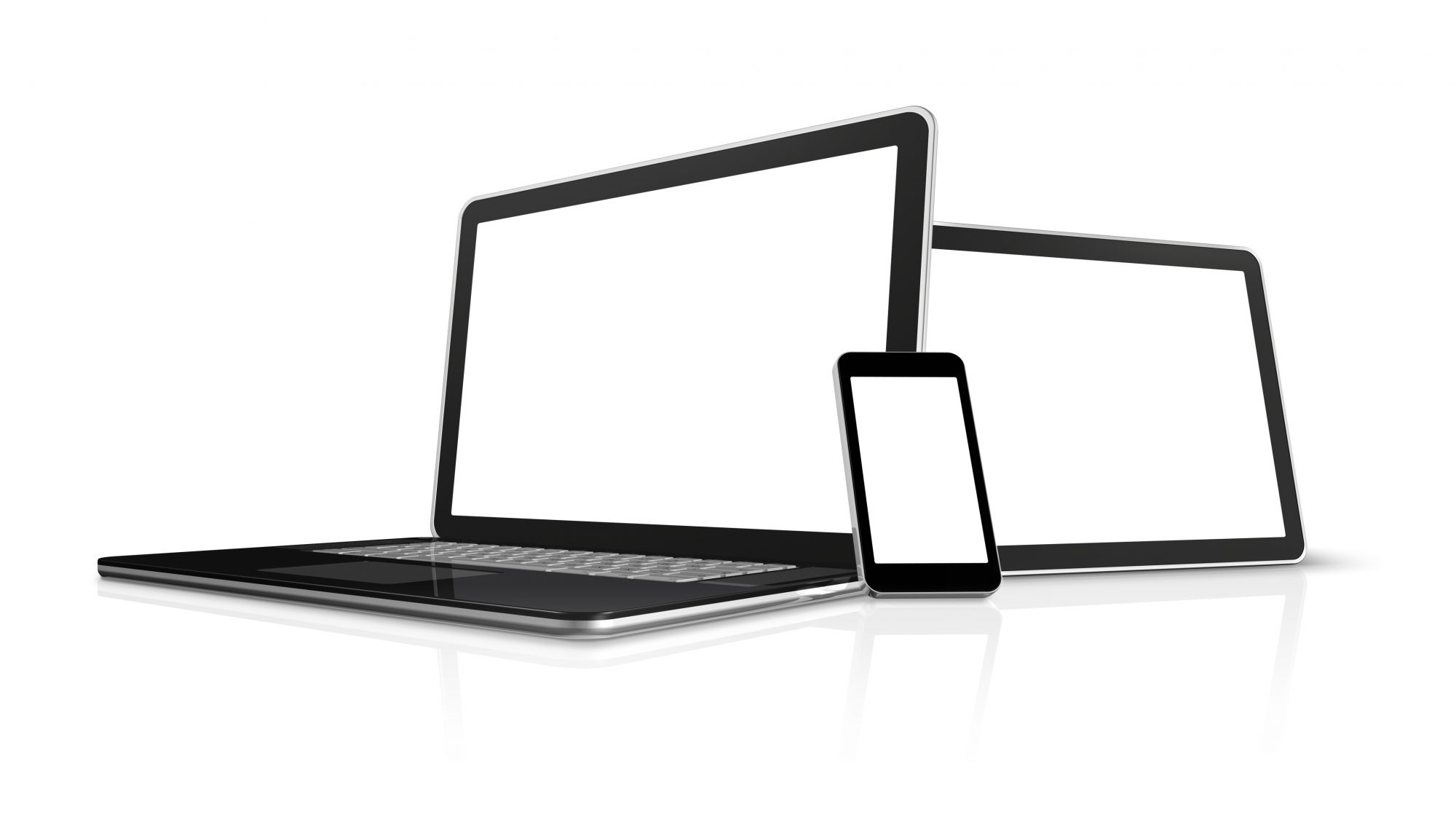In 2012 and 2013 hardware sales dropped for the first time ever in back to back years, according to research from IDC.
IDC forecasted that there would be about 600 million fewer PC’s shipped over the next four years. Is there anything that can stop this decline? Well, possibly the Internet of Things (IoT) or Everything if you work for Cisco Systems. It’s been well documented from Cisco that the Internet of Everything could be a $19 trillion market over the next ten years in terms of profits and cost savings.
A recent study from ABI Research estimates that the number of developers involved in IoT activities will reach 1.7 million globally by the end of 2014. The size of the ecosystem is forecasted to surpass three million developers in 2019. For comparison, this would by then account for approximately 10 per cent of all software developers.
“Currently, the IoT activity is largely polarized between hobbyists and makers at one end, and enterprise-level developers at the other end. But owing to a combination of various enablers, we can also see a growing number of startups taking the commercial plunge and starting to productize the concepts they’ve prototyped earlier with Arduino or Raspberry Pi. That productization, however, can be an extremely difficult feat to pull off, requiring very diverse skillsets,” said ABI principal analyst Aapo Markkanen.
The core enablers for productization comprise purpose-built cloud platforms and development kits, which are making the IoT accessible to developers who may differ greatly in terms of their resources and commitment. Recently launched development kits, such as Intel’s Galileo and relayr’s WunderBar, may prove significant IoT enablers. Furthermore, there are also several other, more indirect enablers that will be critical for the IoT’s evolution. These include sensors and sensor engines, affordable 3D printers, as well as crowdfunding platforms. Collectively, all these building blocks could eventually translate into a perfect storm of hardware innovation.
“After all the talk about hardware being irreversibly commoditized and software ‘eating the world’ we may be actually soon witnessing a countertrend in the technology industry, driven by the consumer IoT. Consumers will shun away from anything that is not inspiringly designed and robustly produced, so any consumer-facing IoT play needs to deliver on both of those fronts if it’s to have any traction. In this sense, the IoT could represent the beginning of a Hardware Renaissance,” said ABI practice director Dan Shey.
Paul Glynn, CEO of Davra Networks told CDN that there are more than $260 billion being spent on smart cities projects. Most of them are not joined. Glynn believes this will drive a lot of smaller projects that look to connect to a small network of devices. “And, those will connect to another small network and build from there,” he said.




